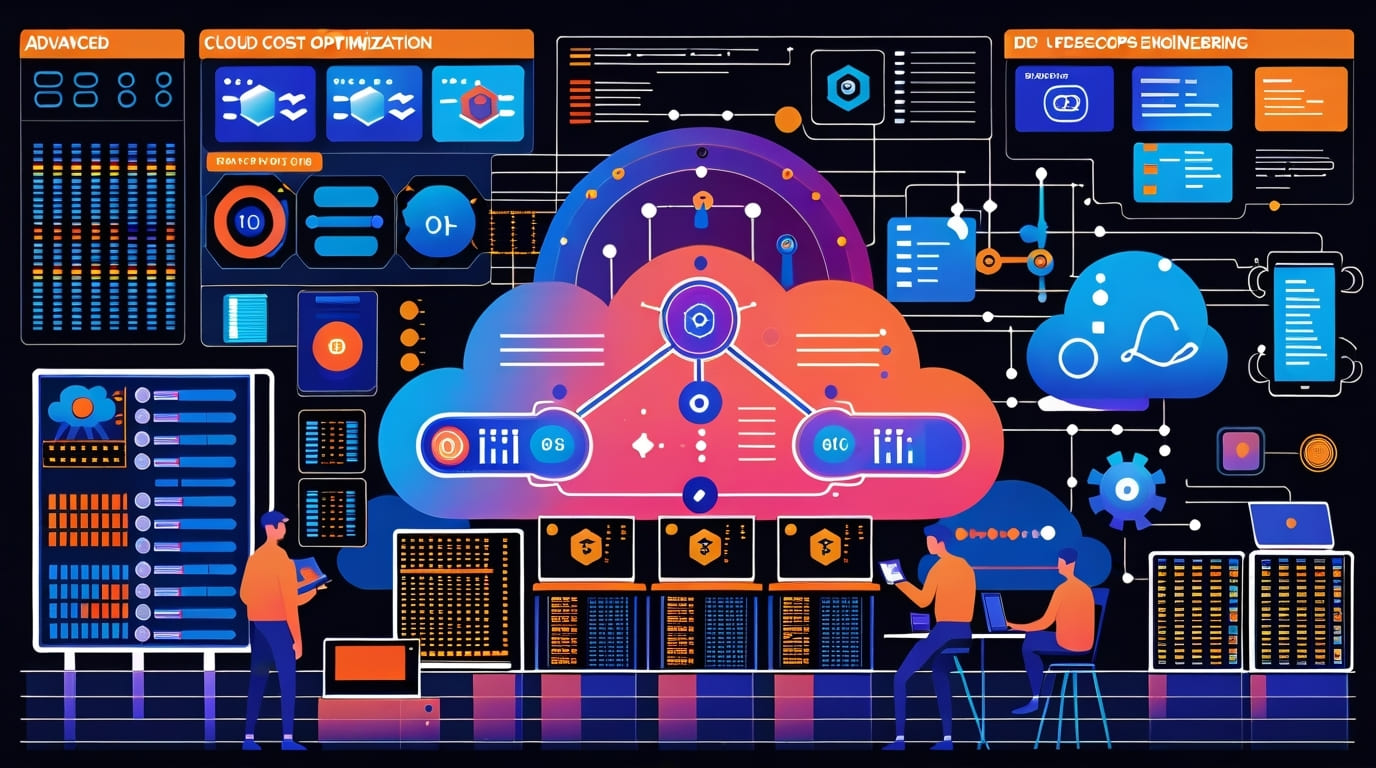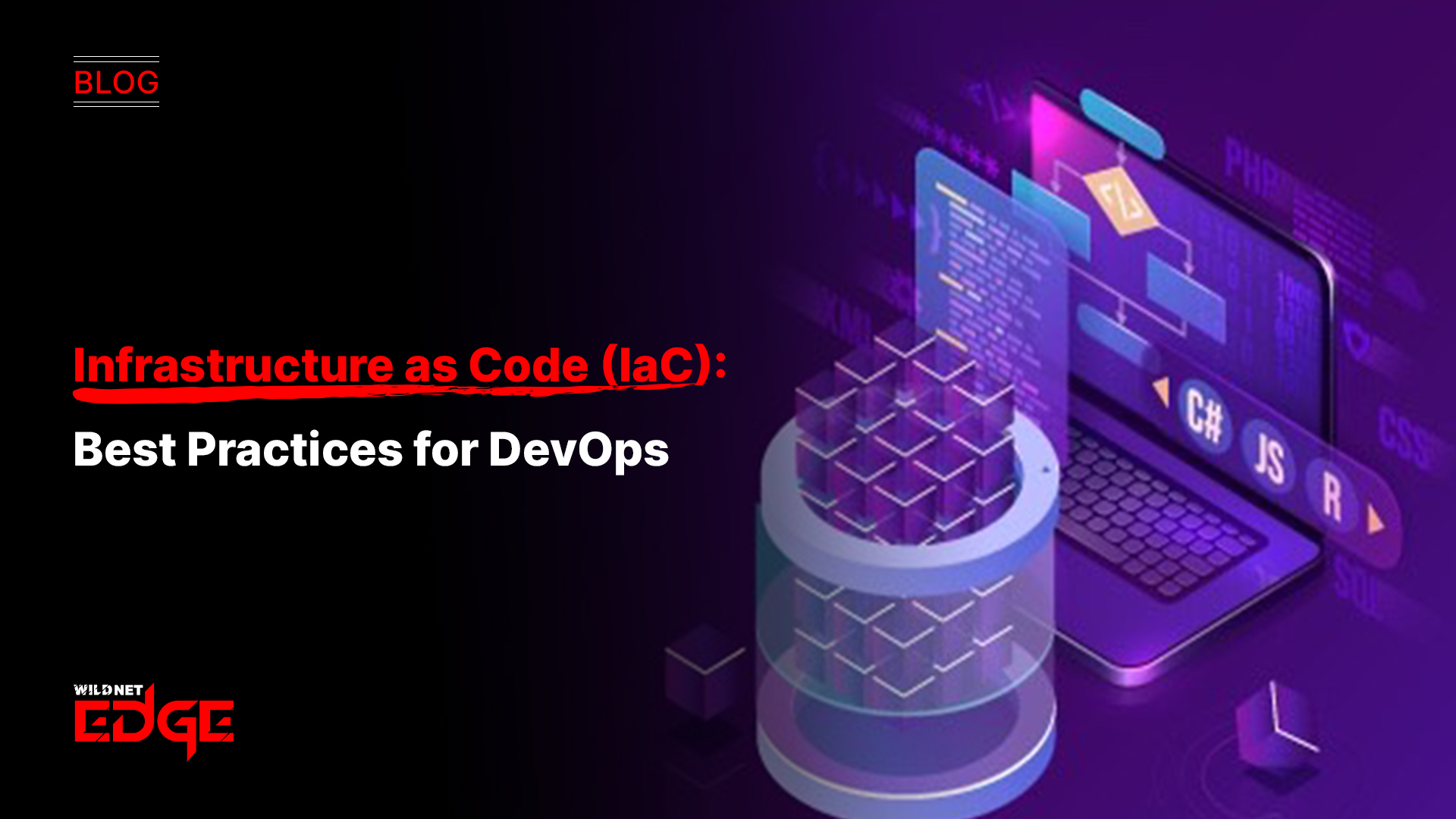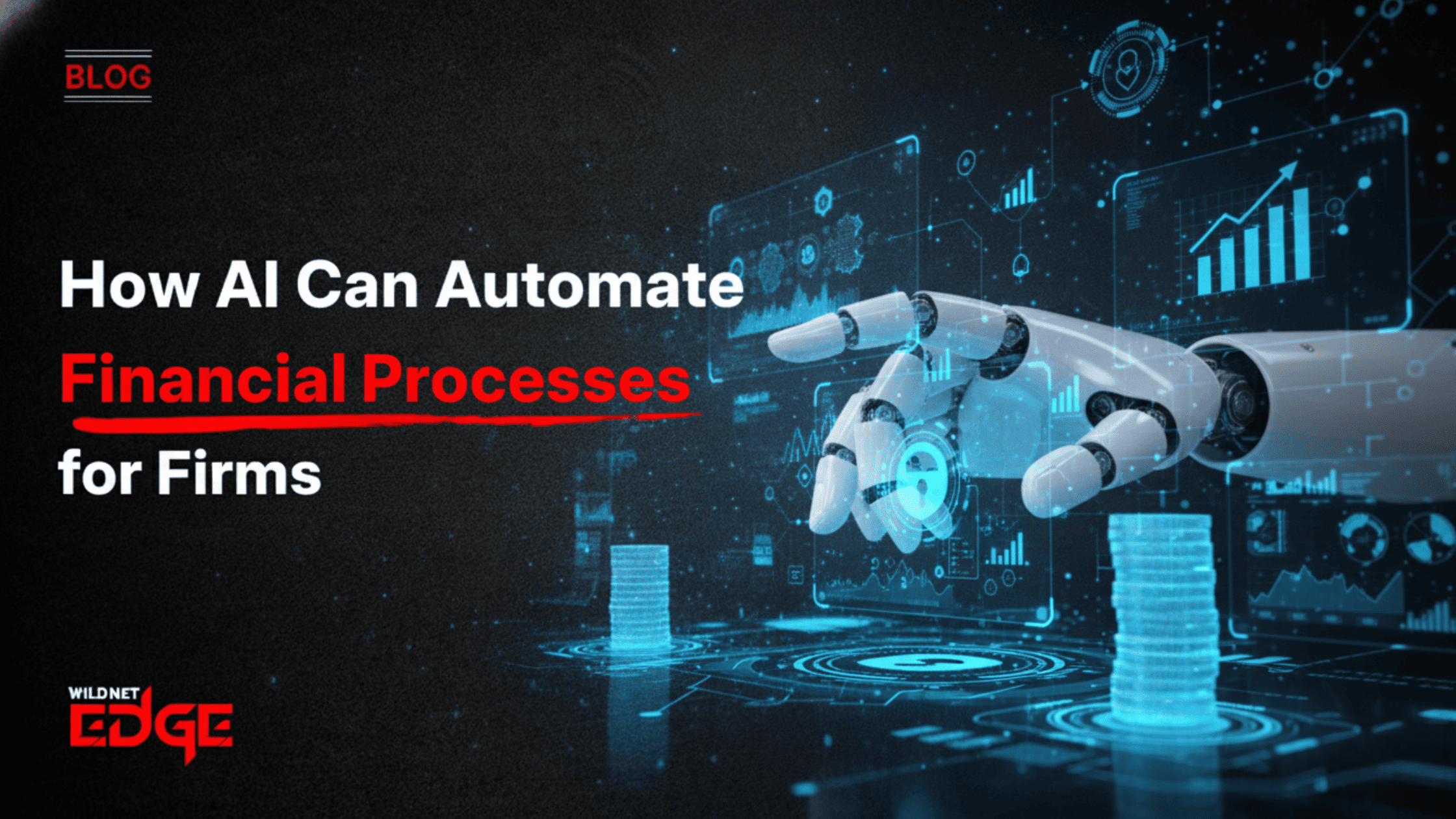Struggling to keep up with fast-changing software demands? If you’re wondering how to build scalable, resilient apps without the usual headaches, cloud-native development is your game-changer. In this post, I’ll break down the 2025 roadmap for mastering cloud-native app development, so you can leverage Kubernetes, microservices, and CI/CD strategies to stay ahead of the curve.
Kubernetes: The Backbone of Cloud-Native Architecture
Kubernetes has firmly established itself as the backbone of cloud-native development, especially in 2025. As container adoption accelerates, Kubernetes stands out as the essential container orchestration platform, enabling developers and operations teams to deploy, manage, and scale containerized applications with unmatched efficiency.
At its core, Kubernetes automates the deployment of containers through declarative configuration, managing their lifecycle seamlessly across clusters of machines. Its key components include the API server, scheduler, controller manager, etcd (a distributed key-value store), and the kubelet, which runs on each cluster node. Together, these orchestrate containers, ensuring your apps run reliably with built-in resilience.
Benefits for Cloud-Native App Deployment
For cloud-native apps, Kubernetes delivers several critical advantages:
- Scalability On Demand: Automatically scale pods based on CPU, memory, or custom metrics.
- Self-Healing: If a container fails, Kubernetes replaces it automatically without downtime.
- Service Discovery & Load Balancing: Kubernetes manages service endpoints, enabling seamless communication between microservices.
- Rolling Updates & Rollbacks: Deploy changes incrementally, reducing risk and enabling instant rollback if issues arise.
- Multi-Cloud and Hybrid Flexibility: Manage clusters spread across diverse environments, supporting vendor lock-in avoidance.
Common Challenges and Best Practices
While Kubernetes offers powerful capabilities, implementing it isn’t without challenges:
- Complexity: Kubernetes has a steep learning curve—focus on incremental learning and use managed Kubernetes services like Amazon EKS or Google GKE in 2025 to cut down operational overhead.
- Resource Optimization: Efficiently right-sizing pods and nodes is essential to avoid cost overruns.
- Security: Kubernetes clusters must be carefully configured with Role-Based Access Control (RBAC), network policies, and secrets management.
- Monitoring: Use tools like Prometheus with Grafana dashboards or managed APMs optimized for Kubernetes environments to gain visibility.
Best Practice: Start with a minimal viable cluster, automate deployments with GitOps workflows, and gradually introduce advanced features like multi-cluster federation and policy enforcement using tools such as Flux or ArgoCD.
By 2025, Kubernetes remains indispensable for delivering cloud-native applications that are resilient, scalable, and easy to manage.
Microservices: Building Modular and Scalable Applications
Microservices architecture is at the heart of cloud-native development, enabling developers to build apps as a suite of small, autonomous services that work together. Each microservice focuses on a single business capability, promoting modularity and scalability.
Definition and Advantages of Microservices
Unlike monolithic apps, microservices split complex functionalities into independent services communicating through APIs. This decomposition offers several benefits:
- Agility: Teams can develop, test, and deploy services independently, speeding up innovation.
- Fault Isolation: Problems in one service don’t cascade across the entire system, enhancing resilience.
- Technology Diversity: Services can use different languages or databases tailored to specific needs.
- Scalability: Individual services can scale based on demand, optimizing resource usage.
How Microservices Complement Kubernetes
Kubernetes excels at running microservices because it manages containers efficiently—each container often representing one microservice instance. This synergy allows developers to:
- Deploy microservices in isolated pods
- Use sidecar containers for logging or monitoring alongside microservices
- Manage inter-service communication via service meshes like Istio or Linkerd, enhancing load balancing, security, and observability
Real-World Use Cases and Architecture Examples
Leading companies like Netflix, Uber, and Shopify have embraced microservices running on Kubernetes clusters to power their cloud-native offerings. For example, Netflix decomposed its massive monolith into hundreds of microservices, improving deployment speeds and enabling tailored scalability for streaming workloads.
A common microservices architecture in 2025 includes:
- API Gateway: Central entry for external requests supporting authentication and routing.
- Microservices Pods: Running core business logic independently.
- Service Mesh Layer: Managing secure and reliable communication.
- Data Persistence: Decentralized storage, often combining relational and NoSQL databases per service needs.
For developers aiming to build cloud-native apps, leveraging microservices with Kubernetes is the winning combination for modular growth and operational resilience.
CI/CD: Automating Delivery for Faster Releases
Continuous Integration and Continuous Delivery (CI/CD) pipelines are fundamental for maintaining speed and quality in cloud-native app development. In 2025, CI/CD is more than just automation—it’s an intelligent workflow that supports Kubernetes and microservices at scale.
CI/CD Concepts Tailored for Cloud-Native Environments
Cloud-native CI/CD pipelines focus on quick feedback loops, automation of testing, and seamless delivery across multiple environments. Key pillars include:
- Code Integration: Developers check in code continuously, triggering automated builds and tests.
- Automated Testing: Includes unit, integration, and canary tests specific to containerized apps.
- Container Builds: Automatic image creation with security scanning integrated.
- Deployment: Automated rollout of container images to Kubernetes clusters with zero downtime.
- Monitoring & Feedback: Continuous monitoring to detect deployment impacts and trigger rollbacks if necessary.
Tools and Pipelines Optimized for Kubernetes and Microservices
By 2025, several advanced tools dominate cloud-native CI/CD implementations:
- GitHub Actions & GitLab CI for source code repository-integrated pipelines.
- Tekton Pipelines, a Kubernetes-native open-source CI/CD framework designed to run inside clusters.
- ArgoCD and Flux for GitOps-style continuous delivery, where the desired cluster state in Git repos drives deployments automatically.
- Helm or Kustomize for managing Kubernetes manifests in deployments.
A typical pipeline looks like this:
- Developers push code to Git
- CI system compiles code, runs tests, and builds container images
- Images are stored in a registry (e.g., Docker Hub, AWS ECR)
- CD system updates Kubernetes manifests with new image versions
- GitOps tools deploy changes and verify cluster state
Step-by-Step Approach to Setting Up CI/CD Workflows
- Set up a Git Repository: Use branch policies to enforce code review.
- Define Automated Tests: Integrate tests in the build stage for early error detection.
- Implement Container Builds: Use efficient Dockerfiles or Buildpacks, adding vulnerability scanning.
- Create Kubernetes Manifests/Charts: Define deployments, services, and configurations declaratively.
- Establish GitOps Workflows: Synchronize Git repo state with live clusters to automate deployments.
- Integrate Monitoring and Alerts: Use tools like Prometheus, Falco, or Snyk to detect anomalies in production.
Implementing CI/CD tailored to cloud-native environments drastically reduces release times, increases consistency, and enables rapid innovation cycles.
Emerging Trends and Advanced Tactics in Cloud-Native Development
As we progress through 2025, cloud-native development is evolving with cutting-edge trends and strategies designed to keep pace with increasingly complex application demands.
Edge Computing and Its Growing Importance
Edge computing pushes computation closer to data sources and users, reducing latency and bandwidth pressure on central clouds. For cloud-native apps, integrating edge nodes with Kubernetes allows deployments at the network edge—optimal for IoT, AR/VR, and real-time AI inference.
Frameworks like KubeEdge and OpenYurt extend Kubernetes clusters to edge devices, facilitating hybrid cloud-edge architectures and delivering improved performance and fault tolerance.
GitOps and Declarative Infrastructure Management
GitOps continues to be the gold standard for cloud-native infrastructure automation in 2025. Developers and operators use Git repositories as the single source of truth, enabling:
- Declarative cluster management
- Automated drift detection and correction
- Increased deployment safety through version-controlled infrastructure changes
Tools like ArgoCD and Flux make GitOps workflows seamless, supporting rollback and audit trails critical for compliance.
Security Best Practices in Cloud-Native Ecosystems
Security remains paramount in dynamic cloud-native environments. Advances in 2025 emphasize:
- Zero Trust Security: Enforcing strict identity verification for every interaction within Kubernetes clusters.
- Runtime Security Monitoring: Tools that analyze container behavior in real-time, flagging suspicious activities.
- Policy Enforcement: Open Policy Agent (OPA) integrated with Kubernetes via tools like Gatekeeper to block unsafe configurations before deployment.
- Supply Chain Security: Using in-toto and COSIGN to ensure container images and build artifacts are trusted and untampered.
Adopting these security best practices early in your cloud-native journey protects data, workloads, and customer trust.
Conclusion
By embracing Kubernetes, microservices, and CI/CD in your cloud-native development strategy, you’re not just future-proofing your apps — you’re accelerating innovation. The synergy of these technologies helps teams build modular, scalable, and resilient systems that meet the fast-evolving demands of 2025 and beyond. WildnetEdge stands out as a trusted partner, delivering expert solutions tailored to your cloud-native journey. Ready to elevate your app development? Explore how WildnetEdge can empower your team today.
FAQs
Q1: What is cloud-native development and why does it matter in 2025?
Cloud-native development is building apps designed to fully leverage cloud environments using containers, microservices, and orchestration tools like Kubernetes. It matters in 2025 as it enables faster innovation, scalability, and resilience.
Q2: How does Kubernetes improve cloud-native application management?
Kubernetes automates container deployment, scaling, and operations, making it easier to manage complex microservices architectures typical in cloud-native apps.
Q3: What role does CI/CD play in cloud-native development workflows?
CI/CD automates building, testing, and deploying cloud-native apps, enabling rapid and reliable releases, which is crucial for maintaining agility and quality.
Q4: Can microservices work without Kubernetes in cloud-native apps?
While microservices can exist without Kubernetes, using Kubernetes optimizes deployment, scaling, and management, enhancing the benefits of a microservices architecture.
Q5: What are the emerging trends shaping cloud-native development in 2025?
Key trends include edge computing, GitOps for infrastructure automation, and enhanced security measures tailored to dynamic cloud-native environments.

Nitin Agarwal is a veteran in custom software development. He is fascinated by how software can turn ideas into real-world solutions. With extensive experience designing scalable and efficient systems, he focuses on creating software that delivers tangible results. Nitin enjoys exploring emerging technologies, taking on challenging projects, and mentoring teams to bring ideas to life. He believes that good software is not just about code; it’s about understanding problems and creating value for users. For him, great software combines thoughtful design, clever engineering, and a clear understanding of the problems it’s meant to solve.
 sales@wildnetedge.com
sales@wildnetedge.com +1 (212) 901 8616
+1 (212) 901 8616 +1 (437) 225-7733
+1 (437) 225-7733































